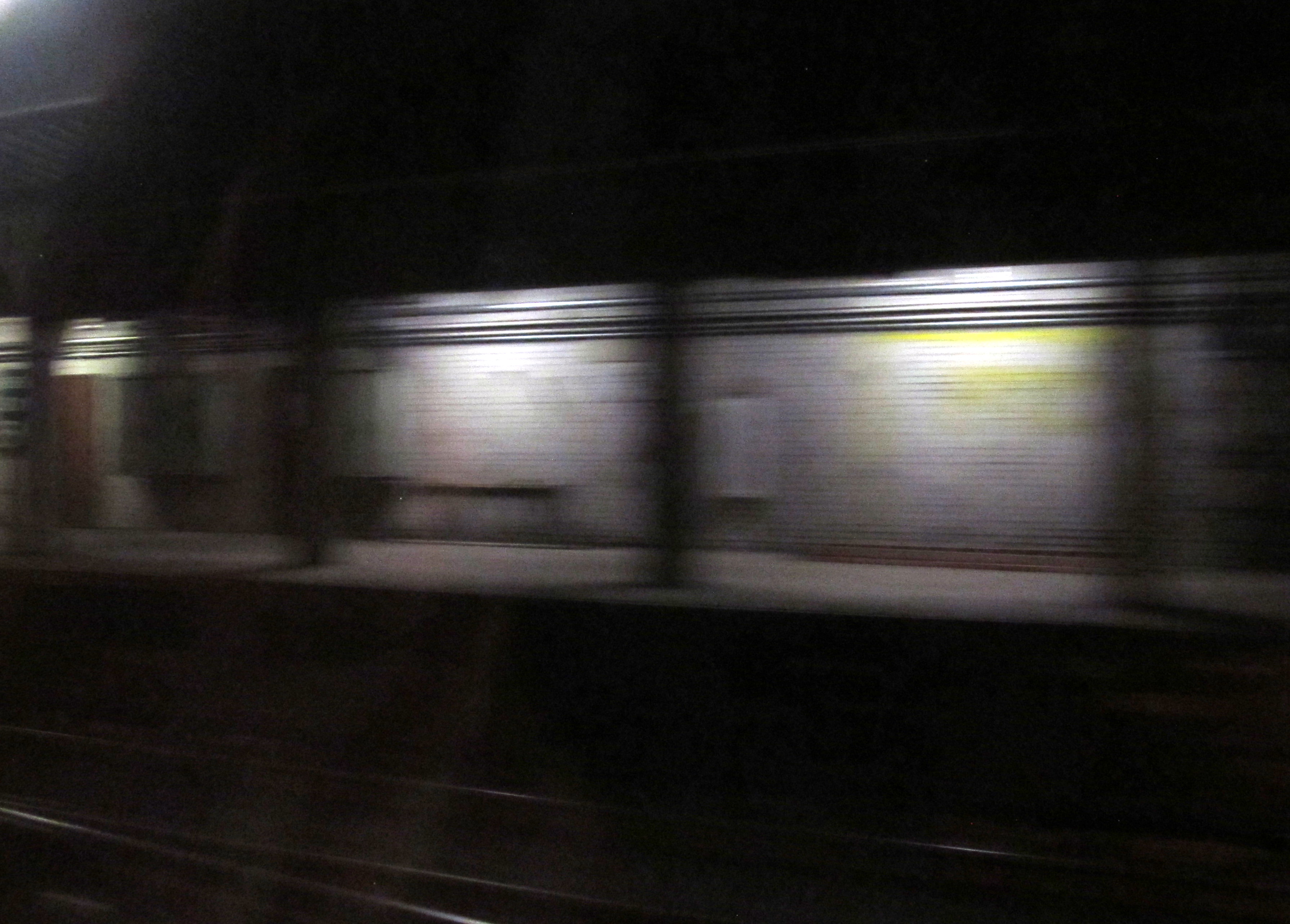Brides and Automata in The Frankenstein Chronicles
Abstract
This article offers an analysis of the television series The Frankenstein Chronicles (TFC), positioning it as a significant contribution to the neo-Victorian revival of the Frankenstein narrative within contemporary televisual seriality. By integrating historical and contemporary anxieties surrounding identity and mortality, TFC underscores the relationship between biotechnological advancements and shifting societal perceptions of life and death. Central to this exploration is the character of Esther Rose, a working-class Jewish seamstress who embodies the monstrous feminine archetype of the Bride of Frankenstein, reinterpreted through a postfeminist lens that highlights her intersectional trauma as a mourning mother. Esther’s narrative serves as a critique of the Victorian patriarchal association of femininity with artificiality, thus emphasizing the ethical dilemmas surrounding scientific progress within the context of capitalist extractivism and the mechanization of marginalized groups.
Downloads
References
Anger, Suzy - Vranken, Thomas (eds.), Victorian Automata: Mechanism and Agency in the Nineteenth Century, Cambridge, Cambridge University Press, 2024.
Bailly, Christian, Automata: The Golden Age, NewYork, Harper & Row, 1987.
Braid, Barbara, “The Frankenstein Meme: Penny Dreadful and The Frankenstein Chronicles as Adaptations”, in Open Cultural Studies, 1 (2017): 232-243. https://doi.org/10.1515/culture-2017-0021
Brantlinger, Patrick, The Reading Lesson, Bloomington, Indiana University Press, 1998.
Brewster, David, Letters on Natural Magic, Addressed to Sir Walter Scott, Cambridge University Press, 2011.
Coleman, Deirdre - Fraser, Hillary (eds.), Minds, Bodies, Machines 1770–1930, Houndmills, Basingstoke, Palgrave Macmillan, 2011.
Friedman, Lester D., Monstrous Progeny: A History of the Frankenstein Narratives, New Brunswick, Rutgers University Press, 2016.
Gilbert, Sandra M. - Gubar, Susan, The Madwoman in the Attic: The Woman Writer and the Nineteenth-Century Literary Imagination, New Haven, Yale University Press, 2020.
Gill, Rosalind, “Postfeminist media culture: elements of a sensibility”, in European journal of cultural studies, 10.2 (2007): 147-166. https://doi.org/10.1177/1367549407075898
Hawley, Erin, “The Bride and Her Afterlife: Female Frankenstein Monsters on Page and Screen”, in Literature/Film Quarterly, 43.3 (2015): 218-231.
Hayles, Katherine N., “Flickering connectivities in Shelley Jackson’s Patchwork Girl: The Importance of Media-Specific Analysis”, in Postmodern Culture 10.2 (2000): https://www.pomoculture.org/2013/09/19/flickering-connectivities-in-shelley-jacksons-patchwork-girl-the-importance-of-media-specific-analysis/.
Hutcheon, Linda, A Theory of Adaptation, New York, Routledge, 2006.
Kang, Minsoo, Sublime Dreams of Living Machines: The Automaton in the European Imagination, Cambridge MA, Harvard University Press, 2011.
Kirchknopf, Andrea, Rewriting the Victorians: Modes of Literary Engagement with the 19th century, Jefferson NC, McFarland Publishing, 2013.
Kucich, John - Sadoff, Dianne F. (eds.), Victorian Afterlife: Postmodern Culture Rewrites the Nineteenth Century, Minneapolis, University of Minnesota Press, 2000.
Luckhurst, Roger, “Trance Gothic, 1882–97,” in Victorian Gothic: Literary and Cultural Manifestations in the Nineteenth Century, ed. Ruth Robbins and Julian Wolfreys, New York, Macmillan, 2000: 148-167.
MacDorman, Karl F. - Hiroshi, Ishiguro, “The Uncanny Valley”, in IEEE Robotics & Automation Magazine, 13.2 (2006): 98-100.
Reilly, Kara, Automata and Mimesis on the Stage of Theatre History, London, Palgrave Macmillan, 2011.
Riskin, Jessica, “Eighteenth-Century Wetware”, in Representations 83.1 (2003): 97-125. https://doi.org/10.1525/rep.2003.83.1.97
Robbins, Ruth, - Wolfreys, Julian (eds.), Victorian Gothic: Literary and Cultural Manifestations in the Nineteenth Century, New York, Palgrave Macmillan, 2000.
Shelley, Mary, Frankenstein, London, Penguin Classics, 2006.
Sweet, Matthew, Inventing the Victorians, London, Faber & Faber, 2001.
Willis, Martin, Mesmerists, Monsters, and Machines: Science Fiction and the Cultures of Science in the Nineteenth Century, Kent OH, Kent State University Press, 2006.
Wood, Gaby, Edison’s Eve: A Magical History of the Quest for Mechanical Life, New York, Knopf, 2002.
Wosk, Julie, My Fair Ladies: Female Robots, Androids, and Other Artificial Eves, New Brunswick, Rutgers University Press, 2015.
Filmography
Bride of Frankenstein, The, Dir. James Whale, Universal Pictures, 1935.
Flesh for Frankenstein, Dir. Paul Morrissey, Compagnia Cinematografica Champion, 1973.
Mary Shelley’s Frankenstein, Dir. Kenneth Branagh, Tristar Picture, 1994.
S2:E1 - Prodigal Son. 2017 [TV series]. dir. Alex Gabassi. Written by Michael Robert Johnson. The Frankenstein Chronicles. UK: ITV Encore, 1 November.
S2:E2 - Not John Marlott. 2017 [TV series]. dir. Alex Gabassi. Written by Paul Tomalin. The Frankenstein Chronicles. UK: ITV Encore, 8 November..
S2:E3 - Seeing the Dead. 2017 [TV series]. dir. Alex Gabassi. Written by Noel Farragher and Paul Tomalin. The Frankenstein Chronicles. UK: ITV Encore, 15 November.
S2:E4 - Little Boy Lost. 2017 [TV series]. dir. Alex Gabassi. Written by Colin Carberry, Glenn Patterson and Michael Robert Johnson. The Frankenstein Chronicles. UK: ITV Encore, 22 November.
S2:E5 - The Marriage of Heaven and Hell. 2017 [TV series]. dir. Alex Gabassi. Written by Paul Tomalin. The Frankenstein Chronicles. UK: ITV Encore, 29 November.
S2:E6 - Bride of Frankenstein. 2017 [TV series]. dir. Alex Gabassi. Written by Michael Robert Johnson. The Frankenstein Chronicles. UK: ITV Encore, 6 December.
Copyright (c) 2025 Federica Perazzini

This work is licensed under a Creative Commons Attribution 4.0 International License.
Copyright Notice
You are free to copy, distribute and transmit the work, and to adapt the work. You must attribute the work in the manner specified by the author or licensor (but not in any way that suggests that they endorse you or your use of the work).









